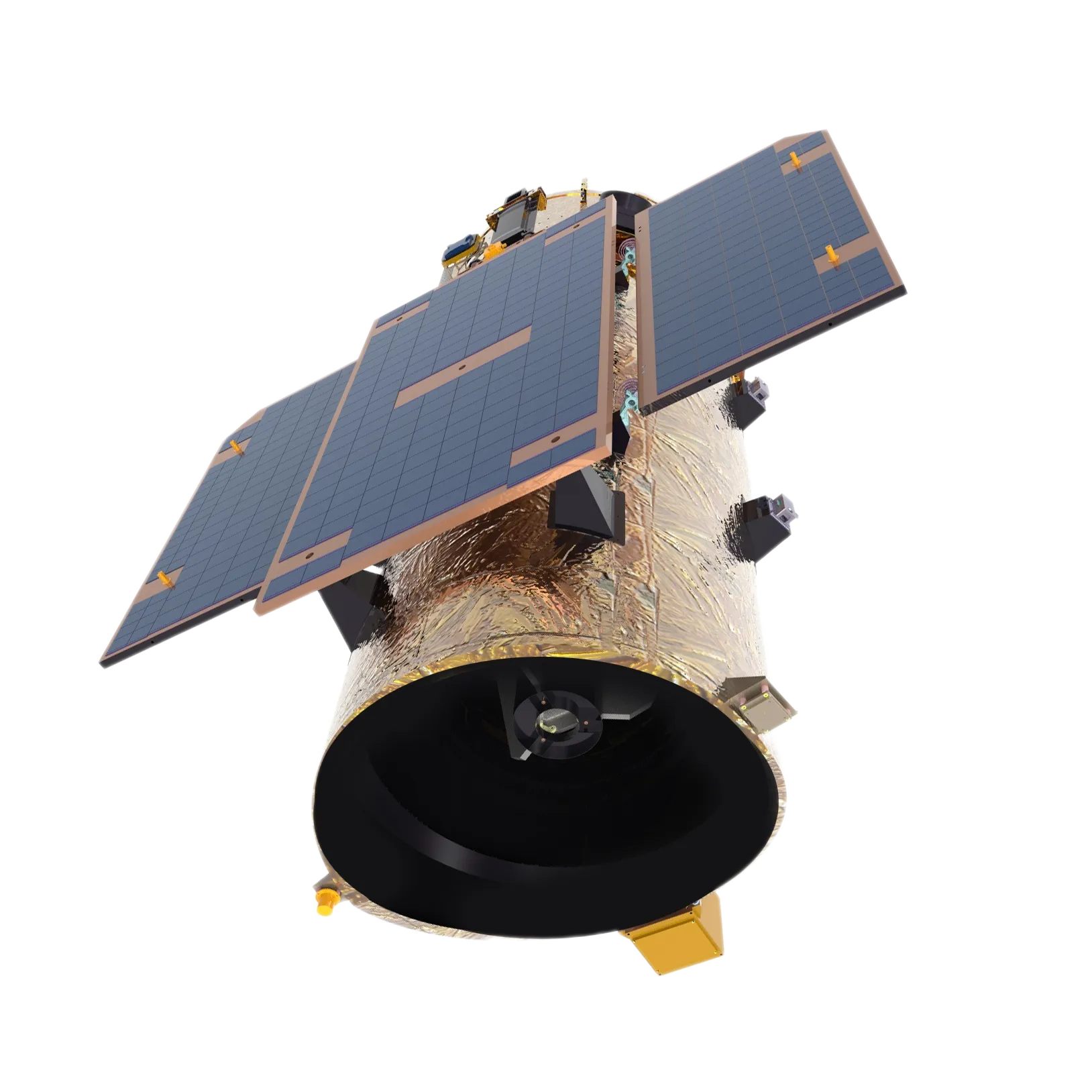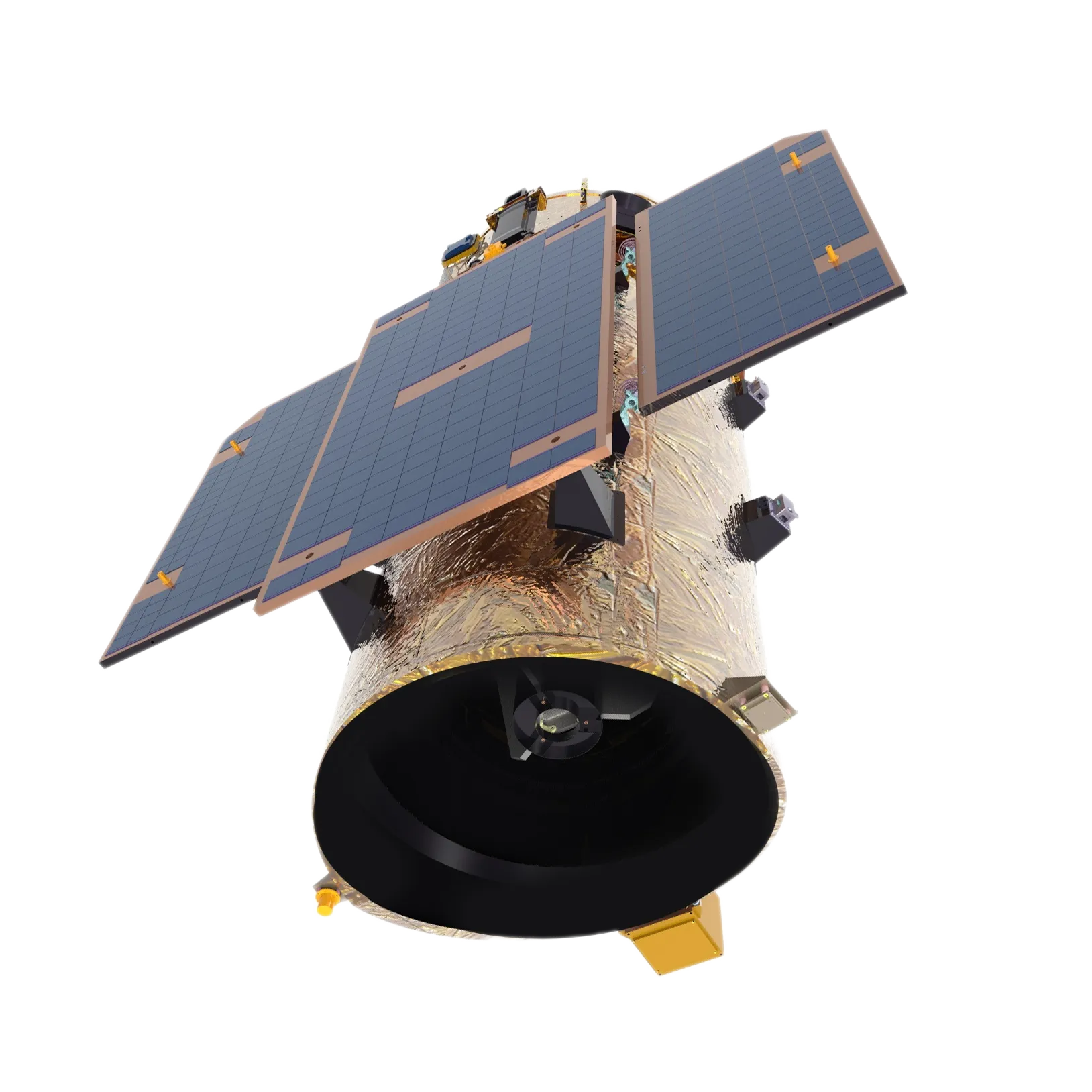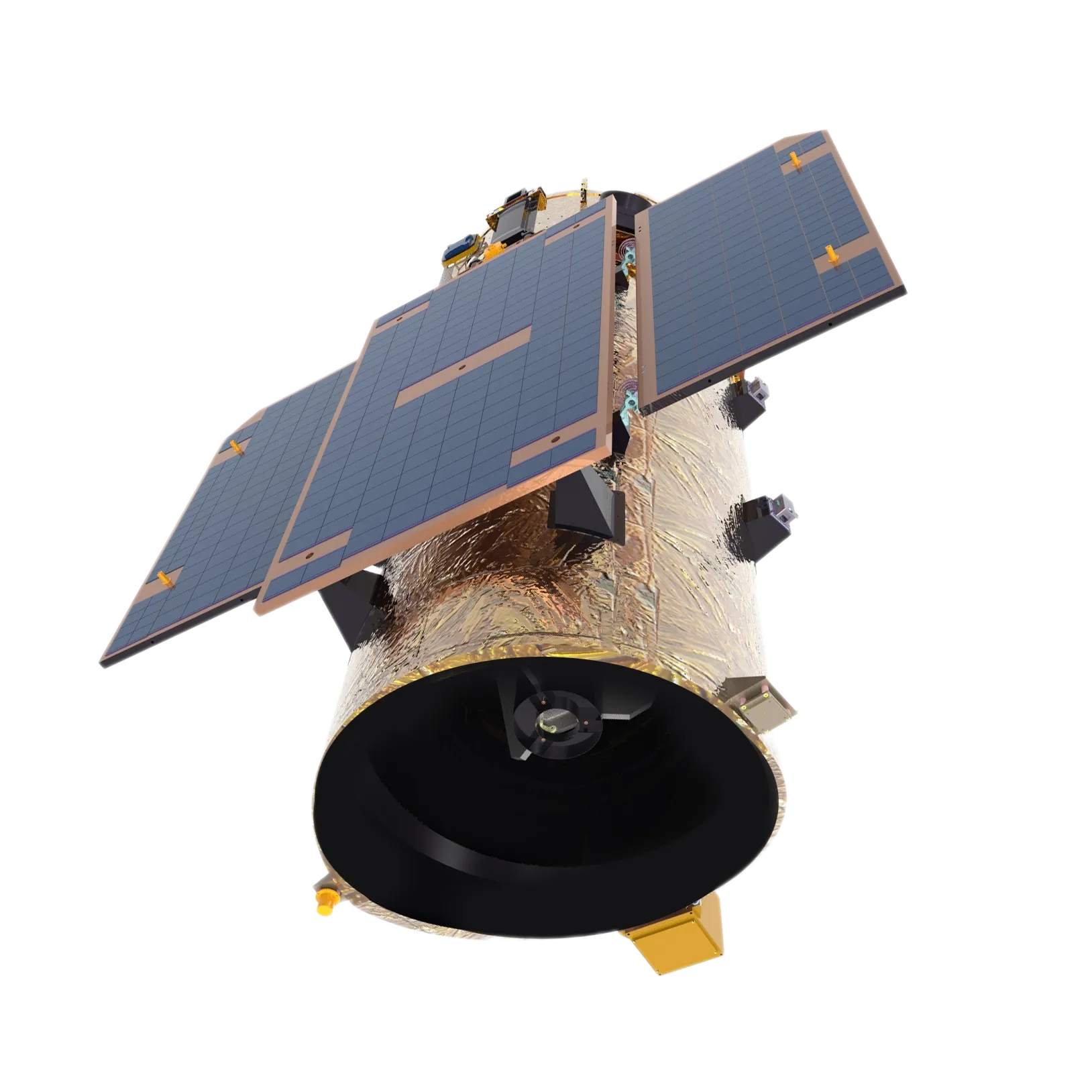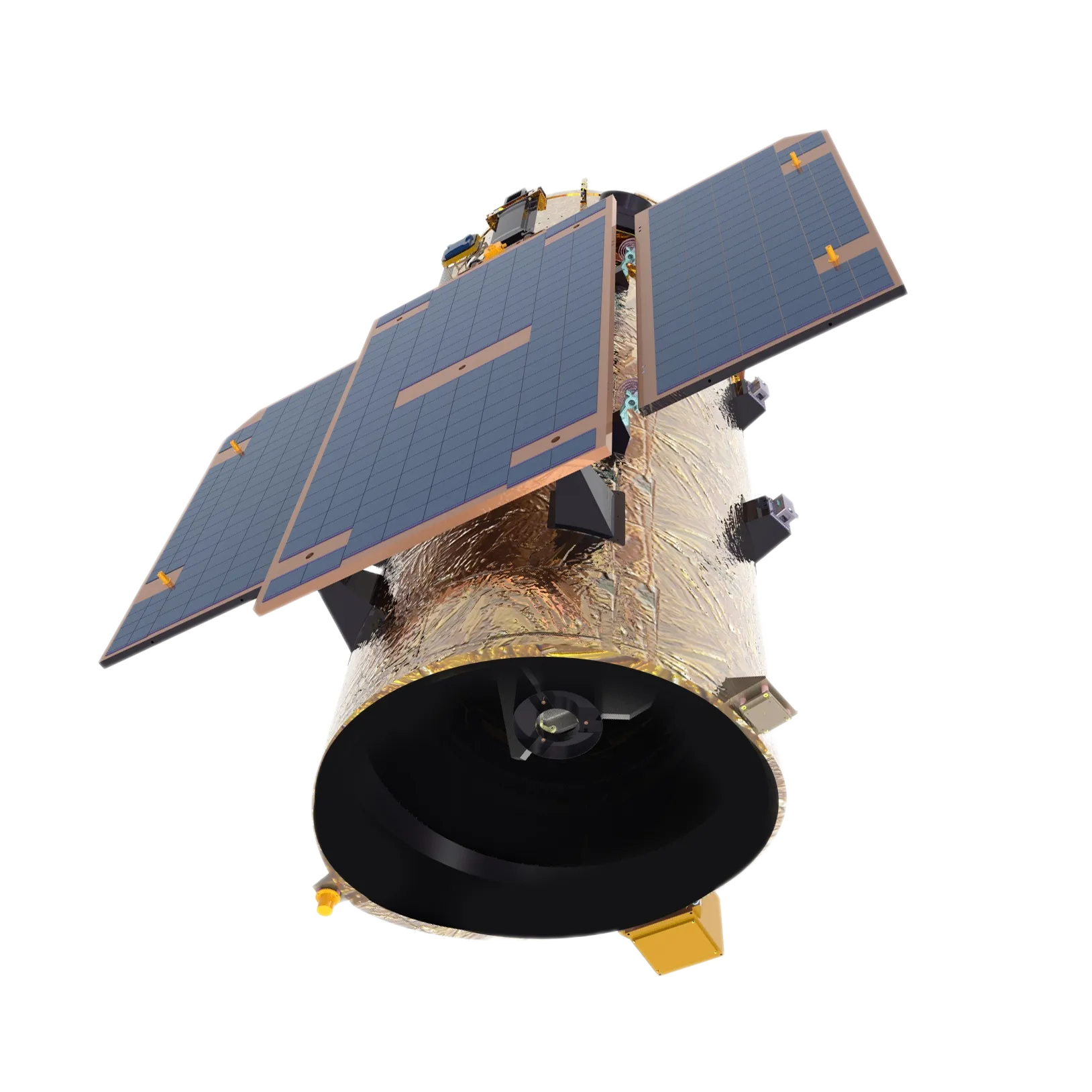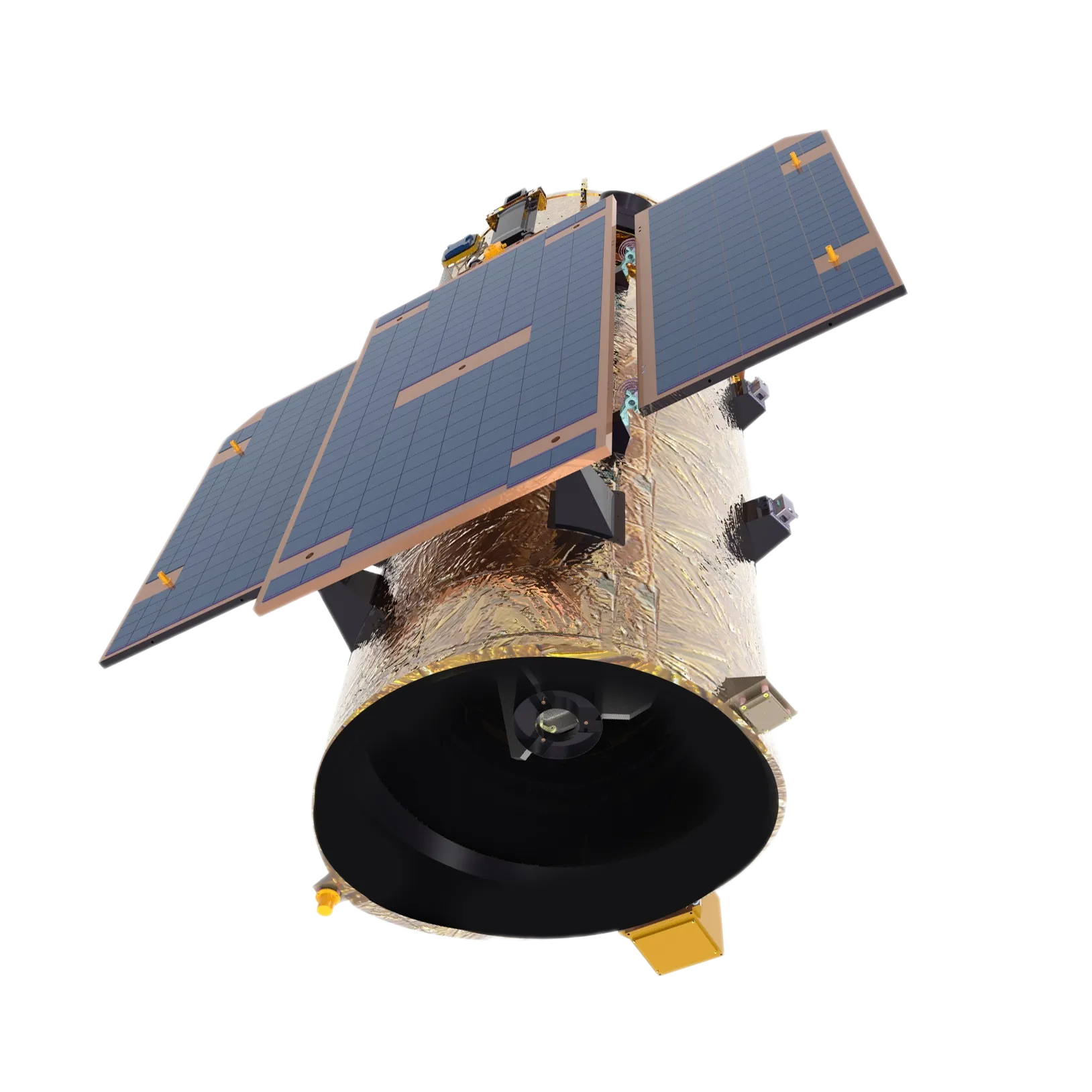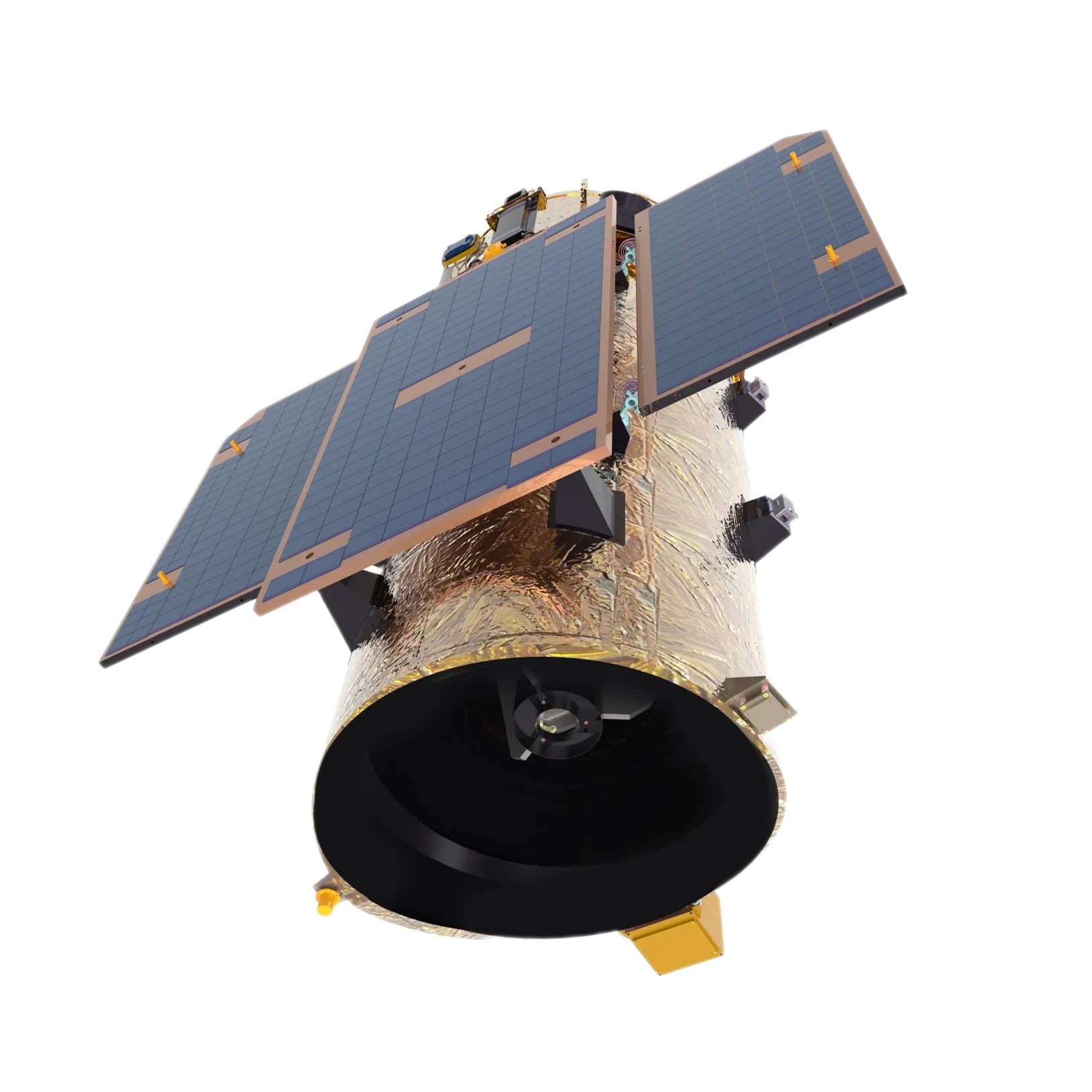
- Afrikaans
- Albanian
- Amharic
- Arabic
- Armenian
- Azerbaijani
- Basque
- Belarusian
- Bengali
- Bosnian
- Bulgarian
- Catalan
- Cebuano
- China
- Corsican
- Croatian
- Czech
- Danish
- Dutch
- English
- Esperanto
- Estonian
- Finnish
- French
- Frisian
- Galician
- Georgian
- German
- Greek
- Gujarati
- Haitian Creole
- hausa
- hawaiian
- Hebrew
- Hindi
- Miao
- Hungarian
- Icelandic
- igbo
- Indonesian
- irish
- Italian
- Japanese
- Javanese
- Kannada
- kazakh
- Khmer
- Rwandese
- Korean
- Kurdish
- Kyrgyz
- Lao
- Latin
- Latvian
- Lithuanian
- Luxembourgish
- Macedonian
- Malgashi
- Malay
- Malayalam
- Maltese
- Maori
- Marathi
- Mongolian
- Myanmar
- Nepali
- Norwegian
- Norwegian
- Occitan
- Pashto
- Persian
- Polish
- Portuguese
- Punjabi
- Romanian
- Russian
- Samoan
- Scottish Gaelic
- Serbian
- Sesotho
- Shona
- Sindhi
- Sinhala
- Slovak
- Slovenian
- Somali
- Spanish
- Sundanese
- Swahili
- Swedish
- Tagalog
- Tajik
- Tamil
- Tatar
- Telugu
- Thai
- Turkish
- Turkmen
- Ukrainian
- Urdu
- Uighur
- Uzbek
- Vietnamese
- Welsh
- Bantu
- Yiddish
- Yoruba
- Zulu
Warning: Undefined array key "array_term_id" in /home/www/wwwroot/HTML/www.exportstart.com/wp-content/themes/1371/header-lBanner.php on line 78
Warning: Trying to access array offset on value of type null in /home/www/wwwroot/HTML/www.exportstart.com/wp-content/themes/1371/header-lBanner.php on line 78
Multi Color Night Vision Cameras: See in Full Spectrum
In an increasingly complex world, the ability to see clearly, even in the darkest environments, is no longer a luxury but a necessity. Traditional night vision often presents monochrome images, limiting the clarity and actionable intelligence available to users. However, a significant paradigm shift is underway with the advent of multi color night vision technology. This innovation promises to revolutionize surveillance, security, automotive, and numerous industrial applications by providing enriched, full-spectrum visual data in low-light conditions. This comprehensive guide delves into the core aspects of this transformative technology, offering insights into its trends, technical prowess, application versatility, and the tangible advantages it offers.
The Evolution of Night Vision: A Colorful Horizon
The night vision market is experiencing rapid expansion, driven by advancements in sensor technology, image processing algorithms, and artificial intelligence. Historically, night vision systems relied on image intensification (I²), which amplifies ambient light (photons) or thermal imaging (IR), detecting heat signatures. Both, while effective, traditionally render images in shades of green, white, or black-and-white. The critical limitation of these monochromatic displays is the loss of chromatic information, which is vital for object identification, situational awareness, and threat assessment. For instance, distinguishing between a blue barrel and a green one, or identifying the color of a vehicle, is impossible with standard night vision.
The emergence of multi color night vision addresses this fundamental challenge. It leverages sophisticated sensor fusion techniques, combining data from various spectral bands—from visible light (if any) to Near-Infrared (NIR) and Short-Wave Infrared (SWIR), and sometimes even Long-Wave Infrared (LWIR) or thermal—and processing it to reconstruct a colorized image. This process often involves advanced computational photography, deep learning algorithms for color reconstruction, and sophisticated optical designs. The market trend indicates a strong demand for more natural and informative visual outputs, particularly in high-stakes scenarios like military operations, law enforcement, and critical infrastructure protection, where every detail matters. Industry reports project a compound annual growth rate (CAGR) for advanced night vision systems exceeding 8-10% over the next five years, with colorization capabilities being a key driver of this growth.
Related technologies, such as advanced static night vision camera systems and portable night vision video camera units, are also integrating these color capabilities. These systems are moving beyond simple detection to detailed recognition and identification, making them indispensable tools for comprehensive situational understanding. The demand for sophisticated night vision camera systems, particularly those offering enhanced visual fidelity, is fueling innovation across the supply chain, from sensor manufacturers to integration specialists.
Technical Prowess: Unpacking Multi-Color Night Vision
Understanding the technical parameters of multi color night vision is crucial for appreciating its capabilities. Unlike conventional systems, these cameras do not simply "add" color. Instead, they interpret various spectral data points to generate a more perceptually accurate representation of the scene. Consider the Night-Time Camera With A Resolution Of 50m, a cutting-edge product designed for demanding low-light surveillance. This camera, available at https://www.space-navi.com/night-time-camera.html, exemplifies the fusion of advanced optics and digital signal processing to achieve its remarkable performance.
Key Technical Parameters and Their Significance:
- Spectral Response Range: Traditional I² tubes typically operate in the visible to NIR range (400-900nm). Multi color night vision systems often extend this, incorporating SWIR (900-1700nm) sensors. SWIR is particularly effective for seeing through fog, haze, and some types of camouflage, providing rich contrast even in challenging conditions. The Night-Time Camera With A Resolution Of 50m focuses on optimized spectral response within its operational range to maximize clarity and detail.
- Resolution: Measured in megapixels (e.g., 1080p, 4K) or line pairs per millimeter (lp/mm) for I² systems. Higher resolution means more detail, which is critical for object identification and facial recognition at a distance. The 50m resolution capability of our Night-Time Camera refers to its effective range for clear object identification.
- Sensitivity (Minimum Illumination): Expressed in Lux. This indicates the lowest light level at which the camera can produce a usable image. Lower Lux values signify superior low-light performance. Advanced sensors in multi color night vision cameras can achieve extraordinary sensitivity, often down to 0.0001 Lux or less, sometimes even approaching starlight levels without active illumination.
- Dynamic Range: The ability of the camera to capture detail in both very bright and very dark areas simultaneously. High dynamic range (HDR) is essential for scenes with varying light conditions, preventing washed-out highlights or crushed shadows.
- Signal-to-Noise Ratio (SNR): A measure of image quality. A higher SNR indicates less noise and a cleaner, more usable image. Sophisticated noise reduction algorithms are paramount in multi color night vision to maintain image integrity during the colorization process.
- Frame Rate: The number of images captured per second (FPS). Higher frame rates (e.g., 30-60 FPS) are crucial for capturing smooth video of fast-moving objects, important for night vision video camera applications.
- Processing Power: The computational capabilities required to fuse data from multiple sensors, apply color reconstruction algorithms, and perform real-time image enhancement. This often involves dedicated image signal processors (ISPs) and sometimes AI accelerators.
Comparison Table: Multi-Color Night Vision vs. Traditional Systems
To further illustrate the advantages, here's a comparison of key parameters between traditional monochromatic night vision and advanced multi color night vision systems:
| Feature | Traditional Night Vision (Gen 2/3 I²) | Advanced Multi Color Night Vision |
|---|---|---|
| Image Output | Monochromatic (Green, White, B&W) | Near-True Color or Enhanced Pseudo-Color |
| Information Density | Lower (no color cues) | Higher (color aids object differentiation, situational awareness) |
| Spectral Range | Visible-NIR (approx. 400-900nm) | Extended Visible-NIR-SWIR (400-1700nm+), sometimes MWIR/LWIR fusion |
| Sensor Technology | Photocathode/Microchannel Plate | Low-light CMOS/EMCCD/InGaAs, Sensor Fusion |
| Object Identification | Shape, size, texture only | Shape, size, texture, color, enhanced contrast |
| Typical Applications | Basic surveillance, navigation | Advanced reconnaissance, forensic analysis, autonomous vehicles, industrial inspection, detailed surveillance |
| Processing Complexity | Lower | Higher (advanced algorithms, real-time fusion) |
| Perceptual Clarity | Good for detection | Excellent for recognition & identification |
This table highlights how multi color night vision transcends the limitations of its predecessors by delivering richer, more actionable visual information, significantly improving decision-making capabilities in diverse environments. The Night-Time Camera With A Resolution Of 50m is optimized for superior clarity and performance across its designated spectral range, making it a robust solution for a variety of demanding applications.
Application Scenarios and Technical Advantages
The versatility of multi color night vision systems, including our Night-Time Camera With A Resolution Of 50m, spans a broad spectrum of industries, offering unique advantages over traditional systems.
Typical Application Scenarios:
- Security and Surveillance: From perimeter security at critical infrastructure sites to urban monitoring, multi color night vision enhances the ability of security personnel to identify intruders, vehicles, and objects with greater certainty. For example, a static night vision camera equipped with multi-color capabilities can differentiate between a person wearing a red jacket versus a blue one, or identify the make and model of a car based on its color, even in complete darkness. This reduces false alarms and improves response times.
- Law Enforcement and Public Safety: During nighttime operations, color information is invaluable for recognizing suspect clothing, distinguishing weapon types, and accurately documenting crime scenes. A night vision video camera with color output can provide crucial evidence, improving conviction rates and operational safety. Our camera's high resolution and sensitivity are particularly beneficial here.
- Automotive and Autonomous Driving: Integrating multi color night vision into vehicle sensor suites can dramatically improve safety by helping autonomous systems "see" traffic signs, lane markings, and other vehicles in full color, even in adverse weather or pitch-black conditions. This is a critical component for Level 3 and higher autonomous driving systems.
- Industrial Inspection and Maintenance: In industries like petrochemical, metallurgy, and water treatment, detailed visual inspection is vital. Multi color night vision cameras can be used to inspect pipelines, detect leaks, monitor machinery, and assess infrastructure integrity in low-light environments without the need for additional illumination. This is where our Night-Time Camera With A Resolution Of 50m shines, offering reliable performance in harsh industrial settings.
- Wildlife Observation and Environmental Monitoring: Researchers and conservationists can monitor nocturnal animal behavior with minimal disturbance, identifying species and tracking movements based on natural coloration rather than just thermal signatures.
- Defense and Military Operations: For reconnaissance, targeting, and situational awareness, color imagery provides enhanced intelligence, allowing operators to discern friend from foe, identify camouflaged targets, and navigate complex terrains more effectively.
Technical Advantages of Multi Color Night Vision:
- Enhanced Situational Awareness: By presenting information in color, the human brain can process scenes faster and more accurately, leading to improved decision-making. Color offers an additional dimension of data that monochromatic images lack.
- Superior Object Recognition: Distinguishing objects becomes significantly easier. For example, in a pile of debris, a color camera can identify specific items (e.g., a red toolbox, a blue pipe) that would blend into a grayscale background.
- Reduced Operator Fatigue: Staring at monochromatic green or white images for extended periods can be tiring and lead to eye strain. Color images are more natural and less fatiguing to view.
- Improved Forensics and Documentation: For evidence collection, color provides critical details that can be missed in black and white, such as the color of a vehicle, clothing, or even blood spatter.
- Versatility Across Lighting Conditions: Many multi color night vision systems are designed to transition seamlessly from day to night mode, maintaining color fidelity throughout, making them ideal as all-weather, all-light night vision cameras for sale.
These advantages underscore the transformative potential of this technology in solving complex problems that traditional night vision simply cannot address effectively. The Night-Time Camera With A Resolution Of 50m embodies these benefits, designed to deliver high-performance, color-enhanced imagery even in the most challenging environments.
Manufacturing Process of the Night-Time Camera With A Resolution Of 50m (Multi Color Night Vision)
The creation of a sophisticated optical-electronic device like a multi color night vision camera involves a meticulous, multi-stage manufacturing process that combines precision engineering, advanced materials science, and rigorous quality control. Our Night-Time Camera With A Resolution Of 50m undergoes a structured production flow to ensure its robust performance and longevity. While an actual video or interactive diagram would best illustrate this, here is a detailed textual description of the process, including key steps, materials, and quality checks:
Illustrated Process Flow: From Concept to Calibration
Step 1: Raw Material Sourcing & Inspection
- Materials: High-grade aluminum alloys (for housing, often CNC machined for precision and durability), specialized optical glass (e.g., Schott AG, Corning) for lenses, advanced semiconductor wafers (silicon, InGaAs) for image sensors, robust polymer composites for seals and internal components, military-grade connectors and wiring. For corrosion resistance in harsh industrial environments (e.g., petrochemical, marine), specific alloys or surface treatments (e.g., anodization, powder coating) are specified.
- Inspection: All incoming materials undergo strict quality checks including material composition analysis (Spectroscopy), dimensional verification (CMM), and integrity tests.
Step 2: Component Manufacturing & Sub-Assembly
- Optical Lens Manufacturing: Precision grinding, polishing, and coating of individual lens elements. This involves multi-layer anti-reflective coatings and specific spectral filters to optimize light transmission for multi color night vision.
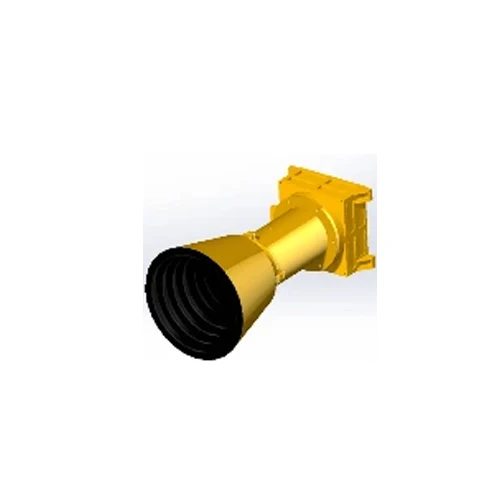
- Sensor Fabrication: CMOS or EMCCD (Electron Multiplying CCD) image sensors, often manufactured in cleanroom environments, are critical. For multi-spectral capabilities, sometimes different sensor types (e.g., Si for visible/NIR, InGaAs for SWIR) are integrated or a single sensor with enhanced quantum efficiency across multiple bands is used.
- Housing Production: CNC machining of aluminum blocks for the camera body ensures precise tolerances, critical for optical alignment and environmental sealing. Some components may involve investment casting for complex internal geometries, followed by precision machining.
- PCB Assembly: Populating printed circuit boards (PCBs) with digital signal processors (DSPs), memory, power management ICs, and other electronic components using automated pick-and-place machines and reflow soldering.
Step 3: Optical and Sensor Integration (Cleanroom Environment)
- Sensor Mounting: The delicate image sensor is precisely mounted onto the PCB assembly.
- Lens Assembly: Individual lens elements are carefully assembled into lens barrels, ensuring perfect alignment and focus.
- Optical System Integration: The assembled lens unit is integrated with the sensor module. This step is performed in a Class 1000 or higher cleanroom to prevent dust contamination, which can degrade image quality.
- Initial Calibration: Preliminary optical alignment and focus adjustments are made.
Step 4: Mechanical Assembly & Sealing
- Enclosure Integration: The optical-electronic core is housed within the CNC-machined body.
- Sealing: Critical sealing processes (e.g., O-rings, specialized gaskets, epoxies) are applied to achieve IP-rated environmental protection (e.g., IP67 or IP68) against dust, water, and sometimes corrosive agents. This is crucial for applications in petrochemical or marine environments where the camera must withstand harsh conditions.
- Cable & Connector Installation: Industrial-grade cables and connectors (e.g., M12, Mil-Spec) are installed, ensuring reliable power and data transmission.
Step 5: Advanced Calibration & Testing
- Dark Room Calibration: The camera is placed in a dark room with controlled light sources (e.g., calibrated blackbody sources for IR, uniform light sources for visible/NIR) to perform precise radiometric and photometric calibration. This involves fine-tuning sensor gain, noise reduction, and most importantly, the color reconstruction algorithms for multi color night vision output.
- Environmental Testing:
- Temperature Cycling: Testing performance from extreme cold (-40°C) to extreme heat (+70°C) to ensure reliability across operating temperatures.
- Vibration & Shock Testing: Simulating real-world stresses (e.g., transport, vehicle mounting) to ensure mechanical integrity, crucial for any robust night vision camera.
- Ingress Protection (IP) Testing: Water spray tests (IPX5/IPX6) and dust chamber tests (IP6X) to confirm sealing effectiveness.
- EMC/EMI Testing: Ensuring the camera complies with electromagnetic compatibility standards (e.g., CE, FCC) to prevent interference with other electronic systems.
- Image Quality Analysis: Objective metrics like MTF (Modulation Transfer Function), SNR, and uniformity are measured using specialized software and test targets. Subjective visual inspections are also performed by trained technicians.
Step 6: Firmware Loading & Final Quality Assurance
- Firmware Installation: The latest firmware, containing the advanced image processing and color fusion algorithms, is loaded onto the camera's internal memory.
- Final System Check: A comprehensive functional test of all features, including network connectivity, control interfaces, and recording capabilities.
- Packaging: The camera is carefully packaged with documentation, ready for shipment.
This rigorous process, adhering to international standards like ISO 9001 for quality management and ANSI standards for specific component testing, ensures that each Night-Time Camera With A Resolution Of 50m delivers exceptional performance, reliability, and an extended service life (typically 5-10 years, depending on environmental conditions and usage). The emphasis on materials like high-grade aluminum and specialized optics, combined with advanced manufacturing processes like CNC machining, ensures durability and precision. The camera’s design ensures advantages like energy efficiency through optimized power consumption and superior anti-corrosion properties critical for the specified industries.
Manufacturer Comparison and Custom Solutions
The market for advanced night vision, particularly multi color night vision, is competitive, with several key players. While our Night-Time Camera With A Resolution Of 50m stands out for its balanced performance, resolution, and robustness, understanding the broader landscape is beneficial.
Key Manufacturers and Our Differentiators:
Leading manufacturers in the advanced imaging space include companies specializing in military-grade systems (e.g., FLIR, L3Harris), industrial vision (e.g., Teledyne FLIR, Axis Communications), and emerging startups focused on novel sensor technologies. Our approach distinguishes itself through:
- Specialized Expertise: We possess deep expertise in custom optical design and advanced image processing, specifically tailored for challenging low-light conditions to produce vibrant, detailed multi color night vision outputs. Our 15+ years in the industry have given us unparalleled insight into diverse application requirements.
- Balanced Performance & Cost-Efficiency: While some high-end military systems might offer slightly higher specifications at exorbitant prices, our Night-Time Camera With A Resolution Of 50m provides an optimal balance of high resolution, sensitivity, and multi color night vision capabilities at a commercially viable price point, making advanced technology accessible for a wider range of applications, including general night vision cameras for sale.
- Ruggedization & Durability: Our focus on industrial-grade materials (e.g., anodized aluminum, marine-grade stainless steel options) and rigorous environmental testing ensures superior longevity and reliability in harsh environments like petrochemical plants, mining operations, and maritime surveillance. We often exceed standard IP ratings to ensure maximum uptime.
- Dedicated Customer Support & Customization: We pride ourselves on offering comprehensive pre-sales consultation and post-sales support. Unlike larger corporations with standardized offerings, we excel in providing custom solutions, modifying optical configurations, sensor types (e.g., specific SWIR bands), or integration interfaces to meet unique client requirements. This flexibility is a cornerstone of our service commitment.
Custom Solutions and Partnership Approach:
Recognizing that off-the-shelf solutions don't always fit every niche, we offer comprehensive customization services:
- Tailored Optical Design: We can modify lens focal lengths, fields of view (FOV), and aperture settings to suit specific monitoring distances or coverage areas.
- Sensor Optimization: Depending on the spectral characteristics of the environment (e.g., presence of specific gases, haze), we can integrate or fine-tune sensor arrays for optimal performance in those conditions.
- Integration Services: We work closely with system integrators to ensure seamless integration into existing security infrastructures, SCADA systems, or vehicle platforms. This includes providing SDKs (Software Development Kits) and API documentation. We have successfully partnered with leading security system integrators and industrial automation firms globally.
- Environmental Hardening: For extreme conditions, we offer enhanced corrosion protection, specialized heating/cooling mechanisms, and explosion-proof (ATEX/IECEx certified) enclosures, making our cameras suitable for highly regulated environments in the petrochemical or hazardous materials sectors.
- Software & Analytics Customization: While our standard firmware includes robust image processing, we can integrate client-specific video analytics modules (e.g., advanced motion detection, object tracking, anomaly detection, AI-driven identification) directly into the camera's edge processing unit.
Our commitment to partnership extends beyond product delivery, ensuring that clients receive a solution perfectly aligned with their operational demands and long-term objectives. This collaborative approach distinguishes us as a trusted authority in the field of advanced imaging.
Application Case Studies and Customer Trust
The real-world impact of multi color night vision is best demonstrated through successful application cases. Our Night-Time Camera With A Resolution Of 50m has been deployed in diverse, challenging environments, consistently proving its value.
Case Study 1: Critical Infrastructure Perimeter Security (Petrochemical Industry)
- Challenge: A large petrochemical complex required robust perimeter security capable of detecting intruders and unauthorized vehicles across vast, unlit areas, often obscured by industrial haze or fog. Traditional IR cameras provided limited detail, making quick identification difficult. The environment also presented corrosive atmospheric conditions.
- Solution: We deployed several Night-Time Camera With A Resolution Of 50m units, specifically customized with enhanced anti-corrosion coatings and an integrated SWIR channel. The multi color night vision output allowed security operators to clearly distinguish between different vehicles, identify specific clothing colors of potential intruders, and even read vehicle license plates (where applicable within range) under conditions that previously rendered them indistinguishable.
- Outcome: A 40% reduction in false alarms, a significant improvement in intruder identification rates, and faster response times. The camera's anti-corrosion design ensured a long operational life despite the harsh chemical environment.
- Client Feedback: "The ability to see color at night has revolutionized our perimeter security. We can now make informed decisions instantly, which was impossible with our old monochromatic systems. The reliability in our corrosive environment has been outstanding." - Head of Security, Major Petrochemical Company.
Case Study 2: Wildlife Monitoring for Conservation (Remote Natural Reserve)
- Challenge: A wildlife conservation project needed to monitor nocturnal animal behavior in a remote forest without disturbing the animals with artificial light. Researchers also needed to identify specific species and individual animals based on their unique markings and fur colors, which was impossible with thermal cameras.
- Solution: Night-Time Camera With A Resolution Of 50m units were deployed as night vision video camera traps. Their high sensitivity captured clear, colorized images and videos of nocturnal animals (e.g., differentiating between species with similar thermal signatures but distinct fur patterns). The cameras were powered by solar panels, leveraging their energy-efficient design.
- Outcome: Researchers gained unprecedented insights into nocturnal ecosystems, identifying rare species and documenting their interactions in detail previously unavailable. The discreet operation caused minimal disturbance to the wildlife.
Case Study 3: Port Surveillance and Maritime Security (Coastal Operations)
- Challenge: A major port required enhanced surveillance capabilities for vessel traffic monitoring and detecting illicit activities at night and in low visibility conditions (fog, rain). Identifying specific vessels, cargo, and personnel from a distance was critical.
- Solution: Our multi color night vision cameras, integrated into a comprehensive port security system, provided clear, color-enhanced imagery of approaching vessels and port areas. The cameras’ superior light amplification and image processing capabilities cut through light fog and rain better than traditional systems, offering crucial visual details.
- Outcome: Improved maritime domain awareness, faster identification of suspicious activities, and enhanced operational efficiency for port authorities. The camera's robust design ensured reliable performance in saline environments.
These cases exemplify our commitment to delivering practical, high-impact solutions. Our ISO 9001:2015 certification underscores our dedication to quality management, and our extensive experience (over 15 years in the optical imaging sector) attests to our reliability and expertise. We offer a standard 2-year limited warranty on our Night-Time Camera With A Resolution Of 50m, backed by a responsive technical support team available via phone and email. Delivery cycles typically range from 4-6 weeks for standard models, with custom configurations requiring additional lead time based on complexity.
Professional FAQ on Multi Color Night Vision
- Q: What is the primary difference between traditional night vision and multi color night vision?
A: The primary difference lies in the output image. Traditional night vision (e.g., image intensifiers) typically produces monochromatic (green, white, or black-and-white) images, while multi color night vision systems aim to reconstruct or render scenes with true-to-life or enhanced pseudo-colors, providing significantly more visual information for object identification and situational awareness. - Q: How does the Night-Time Camera With A Resolution Of 50m achieve its multi-color capability in darkness?
A: The Night-Time Camera With A Resolution Of 50m achieves this through a combination of highly sensitive low-light sensors (often optimized for both visible and NIR/SWIR spectrums) and advanced digital signal processing (DSP) algorithms. These algorithms interpret subtle spectral differences in the collected light or fuse data from multiple sensors operating in different bands to reconstruct and apply appropriate color information to the final image. - Q: What are EMCCD and InGaAs sensors, and how do they relate to multi-spectral imaging?
A: EMCCD (Electron Multiplying Charge-Coupled Device) sensors are ultra-sensitive cameras capable of amplifying very faint light signals, making them ideal for extreme low-light conditions. InGaAs (Indium Gallium Arsenide) sensors are sensitive in the SWIR (Short-Wave Infrared) range (900-1700nm), which can see through fog, haze, and specific materials. In multi-spectral imaging, these different sensor types might be combined or specially designed sensors with extended spectral response can be used to capture broader light information for color reconstruction. - Q: What is the significance of "IP67" or "IP68" rating for industrial night vision camera systems?
A: IP (Ingress Protection) ratings define the sealing effectiveness of electrical enclosures against intrusion from foreign bodies and moisture. IP67 means the camera is fully protected against dust (6) and can withstand immersion in water up to 1 meter for 30 minutes (7). IP68 offers protection for continuous submersion beyond 1 meter. This is crucial for cameras used in harsh industrial, marine, or outdoor environments to ensure their longevity and reliability. - Q: Can the Night-Time Camera With A Resolution Of 50m be integrated into existing security or automation systems?
A: Yes, our Night-Time Camera is designed for seamless integration. It supports standard industry interfaces like ONVIF, RTSP, and often offers SDKs (Software Development Kits) and APIs (Application Programming Interfaces) for developers to integrate it into existing VMS (Video Management Systems), SCADA (Supervisory Control and Data Acquisition) systems, or custom automation platforms. - Q: What manufacturing processes contribute most to the durability of these cameras in challenging environments?
A: Key processes include precision CNC machining of high-grade aluminum alloys for the housing, ensuring tight tolerances and robust mechanical integrity. Advanced surface treatments like anodization or powder coating provide enhanced corrosion resistance. Furthermore, meticulous sealing processes (e.g., using high-quality O-rings and specialized epoxies) and rigorous environmental testing (temperature cycling, vibration, IP testing) ensure the camera withstands extreme conditions, vital for any night vision camera deployed in industrial sectors. - Q: What kind of maintenance is required for a multi color night vision camera?
A: Typically, multi color night vision cameras like ours require minimal maintenance. This includes periodic cleaning of the optical lens (with appropriate lens cleaning solutions and cloths) to ensure optimal image clarity, especially in dusty or corrosive environments. Regular firmware updates might be recommended to benefit from performance enhancements and security patches. For critical applications, an annual professional inspection of physical integrity and calibration verification is advisable to ensure peak performance over its long lifespan.
The Future is Bright (and Colorful) in the Dark
The leap from monochromatic to multi color night vision represents a significant stride in imaging technology, transforming how we perceive and interact with low-light environments. Products like the Night-Time Camera With A Resolution Of 50m are at the forefront of this revolution, delivering unprecedented detail, clarity, and actionable intelligence. As industries continue to demand more sophisticated surveillance, safety, and operational tools, the adoption of these advanced night vision camera systems, including versatile night vision cameras for sale, will only accelerate.
Our commitment to excellence in engineering, rigorous manufacturing standards, and dedicated customer support ensures that our products not only meet but exceed the demanding requirements of modern applications. By providing rich, colorized visual data, we empower users across diverse sectors – from petrochemical and metallurgy to public safety and defense – to make faster, more accurate decisions, thereby enhancing security, improving operational efficiency, and ultimately, saving lives. The future of seeing in the dark is no longer merely about detecting presence; it's about understanding context, detail, and identity, all illuminated in vibrant color.
References & Further Reading:
- [1] "The Emergence of Color Night Vision Technology: Capabilities and Applications," Journal of Optical Engineering, Vol. 58, Issue 1, 2019. Available at: https://www.spiedigitallibrary.org/journals/optical-engineering/volume-58/issue-1/011005/The-emergence-of-color-night-vision-technology-Capabilities-and-applications/10.1117/1.OE.58.1.011005.full
- [2] "Advances in Short-Wave Infrared (SWIR) Imaging for Industrial Applications," Sensors (Basel), Vol. 21, Issue 15, 2021. Available at: https://www.mdpi.com/1424-8220/21/15/5196
- [3] "Market Research Report: Global Night Vision Device Market Outlook," Industry research report from a leading market analysis firm (e.g., Grand View Research or MarketsandMarkets - link to a generic report overview if specific one is not publicly available or licensed): https://www.grandviewresearch.com/industry-analysis/night-vision-device-market (Example Link)






